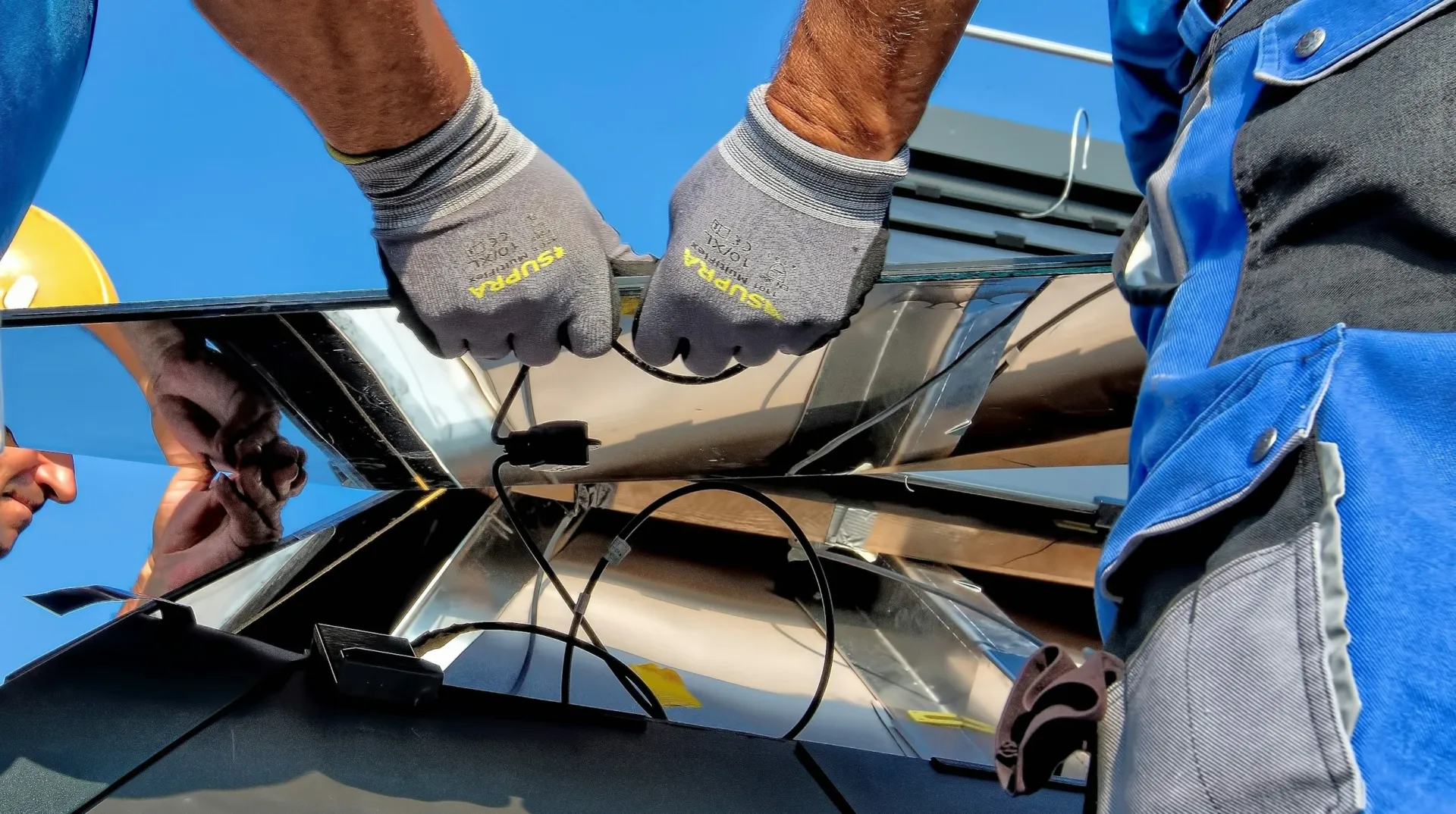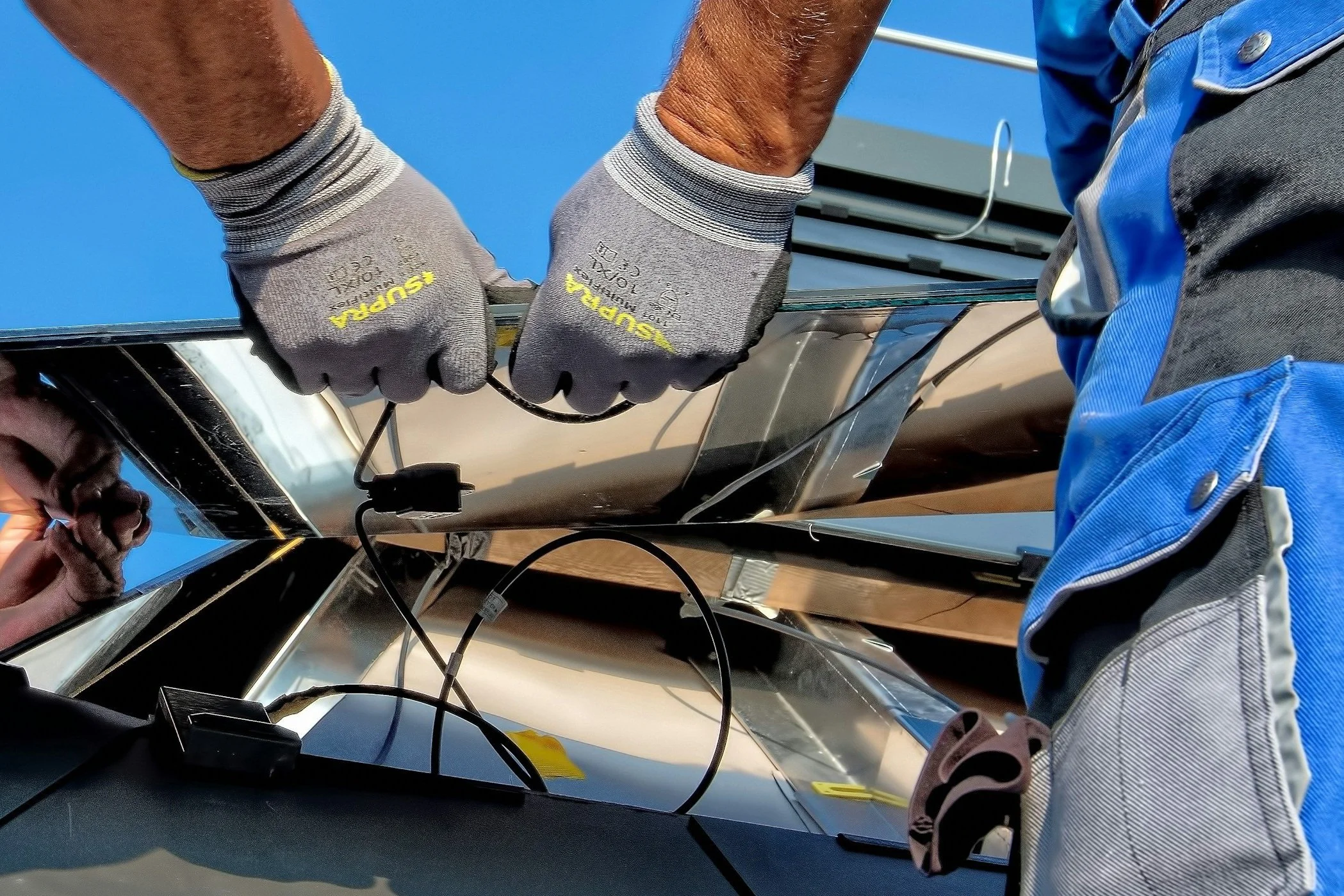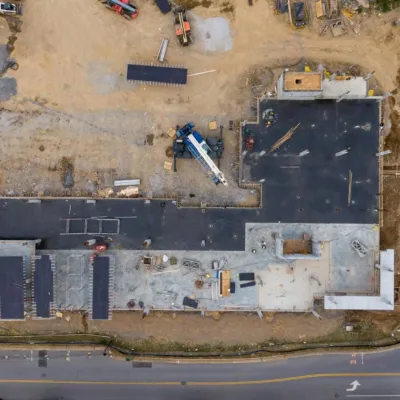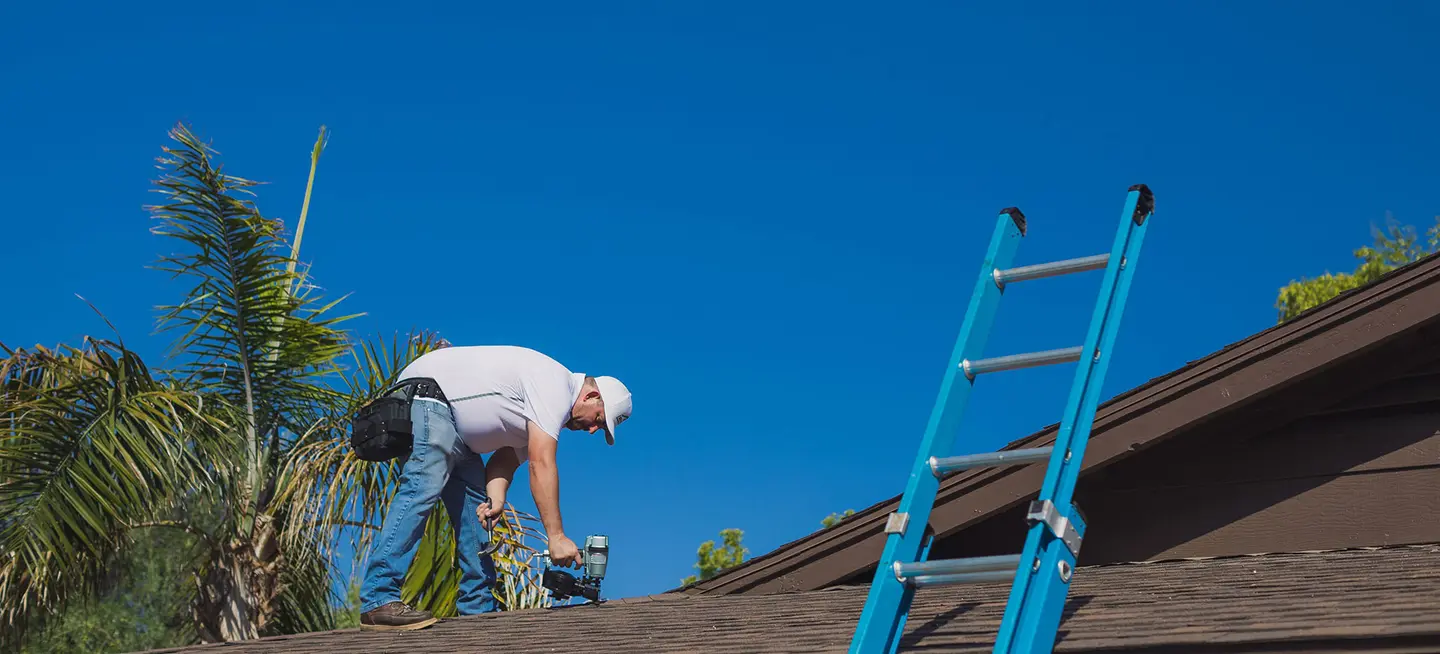
Reasons TPO Roofing is a Popular Choice for Commercial Buildings
Professional commercial roofing contractors recognize numerous advantages that make TPO an excellent option for modern construction and renovation projects.


The quality, material, and design of a roof affect heat absorption and retention, making an energy-efficient roof essential for reducing energy costs by regulating indoor temperatures effectively without overreliance on heating or cooling system.
Energy efficiency isn’t just a fad or buzzword; it’s necessary in today’s world, where the global thrust is toward minimizing our carbon footprints. A residential or commercial property’s roof is critical in this valuable undertaking. But how exactly does a roof contribute to energy efficiency? Let’s find out!
A roof provides a barrier between the interior of a building and the external environment. Therefore, its quality, material, and design significantly impact how much heat is absorbed or escaped. A well-designed, energy-efficient roof can reduce energy costs by maintaining an optimal indoor temperature with less reliance on heating or cooling systems.
Reflective roofing is one of the most effective ways to enhance the energy efficiency of a building. These roofs reflect the sunlight and absorb less heat than standard roofing materials. Roofing contractors offer high-quality, durable, reflective roofing that helps keep a building cooler and energy costs lower.
Roofing materials certified by ENERGY STAR have met the energy efficiency guidelines the US EPA has set forth. These materials reflect more sunlight, reducing the amount of heat the building absorbs. Many roofing companies proudly offer Energy Star Certified roofing materials to their customers, ensuring that they are delivered as energy-efficient and environmentally friendly solutions.
It’s not just the roof material that matters; the color, too, plays a vital role. Lighter colors reflect sunlight, while darker colors absorb it. Investing in a lighter-colored roof can help decrease energy bills by reducing heat absorbed.
“Cool Roofs” and “Green Roofs” are two increasingly popular methods for enhancing the energy efficiency of a building. Cool roofs reflect more sunlight, thus absorbing less heat by using highly reflective paint, sheet covering, or tiles. Green roofs are covered with plants; they lower urban air temperatures and alleviate the heat island effect.
Insulated roofing systems are another essential component for maintaining an energy-efficient building. These systems provide effective temperature control and reduce additional cooling or heating demand. Insulated roofing solutions maintain an optimal indoor temperature, thus saving energy costs effectively.
Ultimately, the role of a roof in energy efficiency is often underrated but crucially important. Whether a property owner opts for reflective roofing, insulated roofing, or a cool or green roof, they are investing in a solution that, over its lifespan, can pay for itself through energy savings. Roofing determines the energy flow in and out of a building and directly impacts the energy bill.
Irish Roofing Company provides Scottsdale with residential tile roof installation and replacement, shingle roof installation and replacement, metal roof installation and replacement, roof repair, roofing maintenance, and roof inspection services. Count on our uniformed, knowledgeable, and experienced roofers for high-quality roofing solutions.

Professional commercial roofing contractors recognize numerous advantages that make TPO an excellent option for modern construction and renovation projects.

Commercial roofing experts utilize specialized formulations designed for maximum durability in demanding conditions.

Composed of specialized materials designed to protect and enhance roofing systems, these coatings create a seamless, protective layer across roofing surfaces.

We offer solutions for every roof and budget. Call today for a quote. Whether it’s a roof installation, roof repair, or roof maintenance, our team is ready to help.
"*" indicates required fields